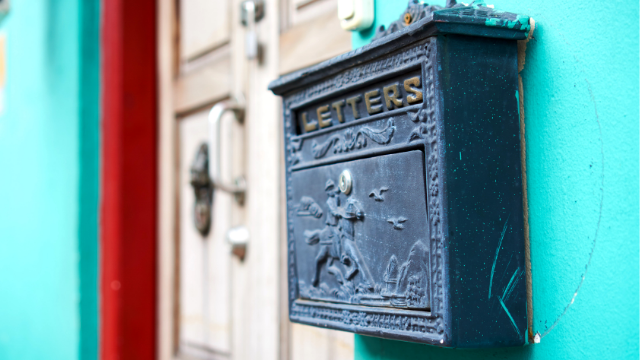- 10/06/2021
- Posted by: Charlie King
- Category: Blog

Despite the massive advances in the digital world and previously, the embrace and adoption of telephones, postal still very much has a place in the methodologies to consider when conducting research.
Perhaps understandably, postal surveys do not dominate discussions around data-collection and fieldwork. And quite possibly they never did. Market research as most of us would understand really came of age in the 60s and 70s, predominantly through face-to-face interviews and subsequently with wide scale use of CATI, once sufficient adoption of fixed line phones ensured coverage of the general population was achieved.
And likewise, with the rise and rise of online data-collection, the CATI methodology has declined. What possible role therefore, can postal fulfil when it is the slowest, most unpredictable and perhaps costliest of the approaches that researchers can consider? The clue is in the second paragraph and it is about representativeness. Whilst 84% of adults have a smartphone and 96% of households have internet access, this leaves a still significant number of people that cannot be reached using the most common methods of survey research. Postal then offers possibly the best way to speak to this audience.
It might even be the case that due to the nature of certain questionnaires, postal is preferred by some segments of the population. Thus providing a QR code on a printed survey to give the option for those that want to complete a survey online can do so. Commonly, paper and postal surveys are used by public sector and membership organisations. Customer satisfaction (including public sector / local government) is another area where postal will help reach those households who are for whatever reasons, very difficult to reach.
Whilst the days of ad hoc postal surveys are well behind us, it’s important to note the potential this channel has for social research, in addition to the examples cited above. It is also worth bearing in mind that a lot of the costs involved in processing postal surveys have fallen due to technology and digitisation. Responses can be read by machine, coded and categorized automatically and fed into a useable data-set more cheaply than ever before. The human touch can then do what it is best at and ensure the data and analysis are top-drawer, bringing value to the project at hand and the client who needs the recommendations.
Also, postal is a great way to get the attention of younger respondents provided you use the right design work. They don’t get much mail so it’s a useful novelty in some situations.
At Sample Answers we can reach in excess of 17 million of the UK’s 27 million homes. Please get in touch to learn more about how we can help you with postal and other sampling requirements.